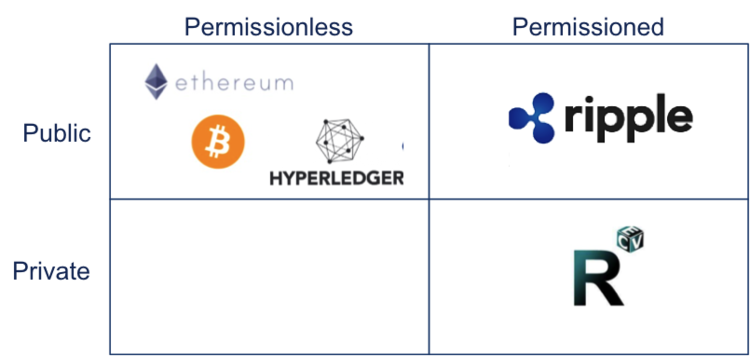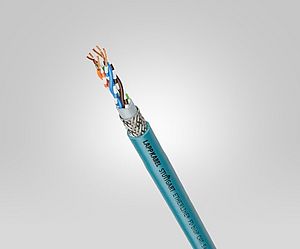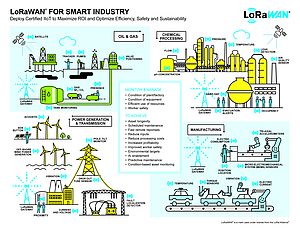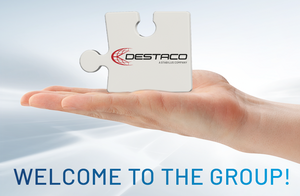This article is about one of the hottest topics in energy business, the blockchain. While there are many discussions already going on about the technological dimension and business cases based on the new technology, we will focus on the institutional side again. Importantly, we intend to sketch a first general picture of the potential institutional implications of the blockchain technology in the energy sector, thereby keeping in mind that the full potential, applicability and success of this new technology is still uncertain.
On 14th February 2017 energy and blockchain experts met in Vienna on the Event Horizon 2017 to discuss the potential of the blockchain technology for the energy sector. The general idea behind such events like the one in Vienna seems to be very compelling: Can we apply a decentralized ledger technology like the blockchain to a system that currently develops towards an increasingly decentralized structure (due to the diffusion of renewable electricity supply and new applications on the demand side, like electric vehicles), like the electricity system? Today, blockchain is a niche topic in energy business, with less than 2% of all startups that focus on blockchain technology targeting specifically the energy sector. However, the incumbent energy business becomes aware that blockchain is an important topic with huge potential.
Now, if we take a look at the debate on the Event Horizon, we see very passionate people from different startups and a lot of enthusiasm. This is because the blockchain is based on a very good selling idea: At low costs, it uses a transparent distributed system that is based on democratic processes and replaces less transparent intermediate services. These three components (cost saving, transparency and democratic decision making) are very compelling and are, at least from our point of view, the main reason why blockchain gains some much audience at the moment. Still, blockchain is in its infancy, with many obstacles to overcome. Especially on the technical side, the blockchain technology has yet to prove that it can meet the (very high) expectations. Yli-Huumo et al. (2016) give a nice overview of the current challenges for the blockchain technology:
• Throughput: Bitcoin network is currently maximized to 7tps (transactions per second). VISA (2,000 up to 48,000 tps) and Twitter (5,000tps)
• Latency: To create sufficient security for a Bitcoin transaction block, it takes currently roughly 10 minutes to complete one transaction.
• Size and bandwidth: size of a BitCoin Blockchain is over 50,000MB (February 2016). When the throughput increases to the levels of VISA, Blockchain could grow 214PB each year.
• Security: The current Blockchain has a possibility of a 51% attack. In a 51% attack a single entity would have full control of the majority of the network’s mining hash-rate and would be able to manipulate Blockchain.
• Wasted resources: Mining Bitcoin wastes huge amounts of energy ($15million/day).
• Usability: The Bitcoin API for developing services is difficult to use. There is a need to develop a more developer-friendly API for Blockchain.
• Versioning, hard forks, multiple chains: A small chain that consists of a small number of nodes has a higher possibility of a 51% attack. Another issue emerges when chains are split for administrative or versioning purposes.
From our perspective, especially the energy intensity is very interesting. Croman et al. (2016) calculated for BitCoin that the energy costs related to each transaction add up to 6.2$, given the current design of BitCoin (1 MB per block, latency of 10 minutes). For the future, Croman et al. (2016) project that these costs could be cut by 80% with larger block size (4 MB) and higher latency (12 seconds).
So at this point, we can conclude that the blockchain is a promising technology, but far from being ready for the mass market.
The Blockchain: A brief introduction
In a nutshell, the blockchain is a distributed, digital peer-to-peer register, which stores every transaction between two connected agents in a ledger. This ledger is distributed globally on all connected nodes. This distributed data set consists of a collection of historic data about all transactions made. Each transaction is added to the dataset as a new block (in a linear and chronological order), which results in a full record of all transactions made between two parties. As each connected note carries the same data set, algorithms can be used on each computer to verify transactions.
Currently, many different blockchains pop up. Basically, we can differentiate these chains using two criteria:
1. Supervision and control: Is there an institution that controls the blockchain (e.g. decides who joins a blockchain, can delete or alter the data set in the ledger)?
2. Visibility: Either a blockchain is public and thereby visible for everyone or private and therefore only visible to the members of the blockchain.
Today, most blockchains are public permissionless ledgers, i.e. there is no central supervision of the ledger and the responsibility to manage the system is with its users. With permissionless blockchains, everyone can connect to the blockchain and use it for transactions.
The public blockchain uses a public and distributed ledger to verify transactions. If there needs to be an adaptation of the public blockchain, this requires in most cases consensus (or at least majority) decisions by all users. On the other hand, one institution or a group of institutions supervises a private and commissioned blockchain. Access to the private blockchain is restricted, verification is based on the private blockchain and the hosting institution is responsible for the management of the blockchain ledger. Figure 2 gives a first overview of prominent examples for permission and permissionless public and private blockchains. Obviously, a permissionless private blockchain is a theoretical construct. So far, this approach has not been used in the real world.
The blockchain might change or even disrupt many sectors as it challenges the business case of intermediaries. Merz (2016) refers to “disintermediation”. So far, many business models are based on the fact that two parties that want to execute a transaction do not have enough information about each other to process the transaction.
In different markets, disintermediation has been an issue for retailers due to new digital platform providers, e.g. Amazon, Uber and AirBnB (Merz 2016). Now, the blockchain technology offers the potential to substitute service of intermediates in more than just the retail business.
Takeaway
The introduction of blockchains could trigger some institutional changes in the electricity sector. These institutional changes could affect both, the retail and the network sector. We could move towards a world where generators directly sell electricity to the customers, which results in a stronger integration of generation and retail business.
By Marius Buchmann, PostDoc at Jacobs University, Bremen, Germany
























































